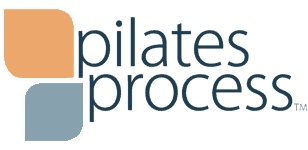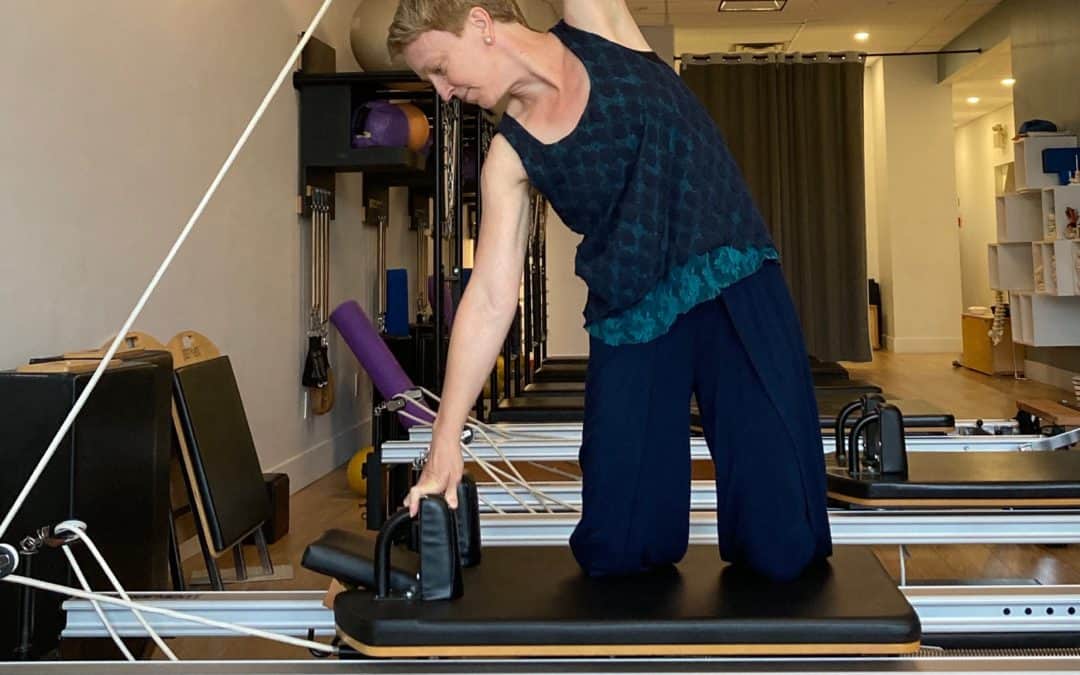Powerful toned arms and neck tension release.
Can these goals even live in the same workout?
In the height of the pandemic when fitness studio were closed I was teaching constant livestream classes as well as filming loads of workouts for our video-on-demand service. Throughout this period I received frequent requests for more targeted classes – 20 minutes of power abs or the 10 minute glut burn – with the most common request being a targeted arm workout. I was enjoying the challenge of teaching online and happily set about designing workouts that responded to these requests.
Sometimes my process is to fully design classes ahead of time and other times I improvise around a few ideas as I film. Either way it was the same result – the class slowly morphed into a general full body warm up, followed by some extra arm exercises, and then finished with some leg work. They were arm -ish, but far from the bootcamp arm toning class that was being asked for.
I could do it for gluts and abs, but why not arms?
Because I couldn’t deny the niggling feeling that my class was stressing out someone’s neck, giving them a headache or making them feel like they had pressure at the base of the skull. And it would force me to revert back to the principles of balance and efficiency and less specific programming.
But what about my toned arms??
I get it. Who doesn’t want sculpted arms with defined deltoids that are both powerful and beautiful? It should be possible.
And it is. So the answer is yes, it’s possible. Though often challenging.
There are of course, many people who don’t have this “arm power-neck comfort” conflict (but they’re probably not reading this). Neck, jaw and shoulder tension are super common and it’s easy to exacerbate all of these tension issues with a focus on arm work. With some knowledge, patience and consistency it is possible to change the neck stress response to and go for that power arm workout.
As always, the details vary per individual and there is no magic bullet. But, here a few things to consider before making a plan of attack.
- Are you a shoulder depressor? Learn to use the arms without actively pulling the shoulders down towards yours hips. There is a common misconception that elevated shoulders cause neck tension – the idea that if we were to just stop hiking the shoulders to our ears all would be well. Shoulder elevation isn’t often a primary cause and the resulting habit of actively jamming the shoulder area (armpits, lats, shoulder blades and collar bones) downwards can create loads of neck strain by tensioning the tissues around the neck. (mini video demo on shoulder depression).
- Do you suffer from sticky scapulae? The shoulder blades can get “sticky” and not glide easily on the ribcage presenting a problem for the shoulder joint that takes more stress. We love to start sessions with mobilizing the shoulder blades because to raise the arms up to even shoulder height we need our scapula to move on the ribcage.
- Stop chin tucking. The “easy” neutral position of the neck allows for a slight curve, just like the low back. Locking the neck into a chin tuck is a common habit that usually results in pressure and tension at the base of the skull and jaw. Caution not to tuck the chin which will flatten out the neck curve.
- Pilates alignment. When lying down for Reformer or Tower arm work, keep elbow hovering off the mat. It’s a lot trickier to stabilize properly when the elbow is behind the shoulder joint. (mini video of this point).
Ideally, you can find out what works for you specifically. Often a personal warm up to unwind tension before strengthening and a few key postural cues can result in less tension, allowing you to feel the work in the arms and big muscles of the shoulders, not the shoulder joint or neck.
Here is a link to my recent YouTube video that might be helpful. It’s a 15 minute simple Pilates workout that is prop free. Attention is paid to release the sides of the ribs and to resetting neck and thoracic posture. Try it out and see if any of the tips work for you.
Note: t’s also a well rounded workout with full body elements. My inability to fully isolate body parts continues.
Laura Helsel Gauthier
Director Pilates Process
Pilates Teacher, Franklin Method® Educator
Writer, Teacher, Presenter

